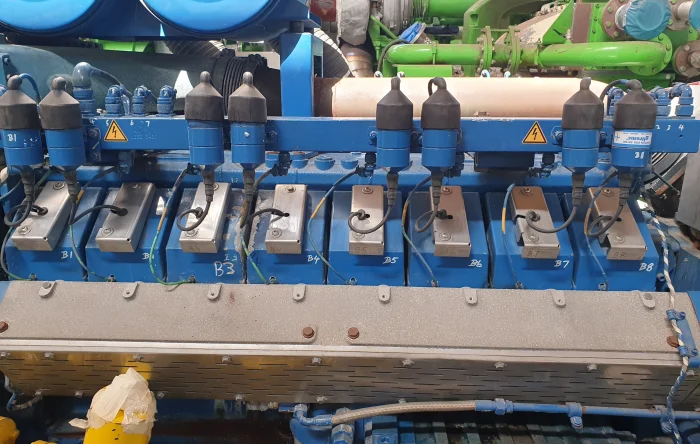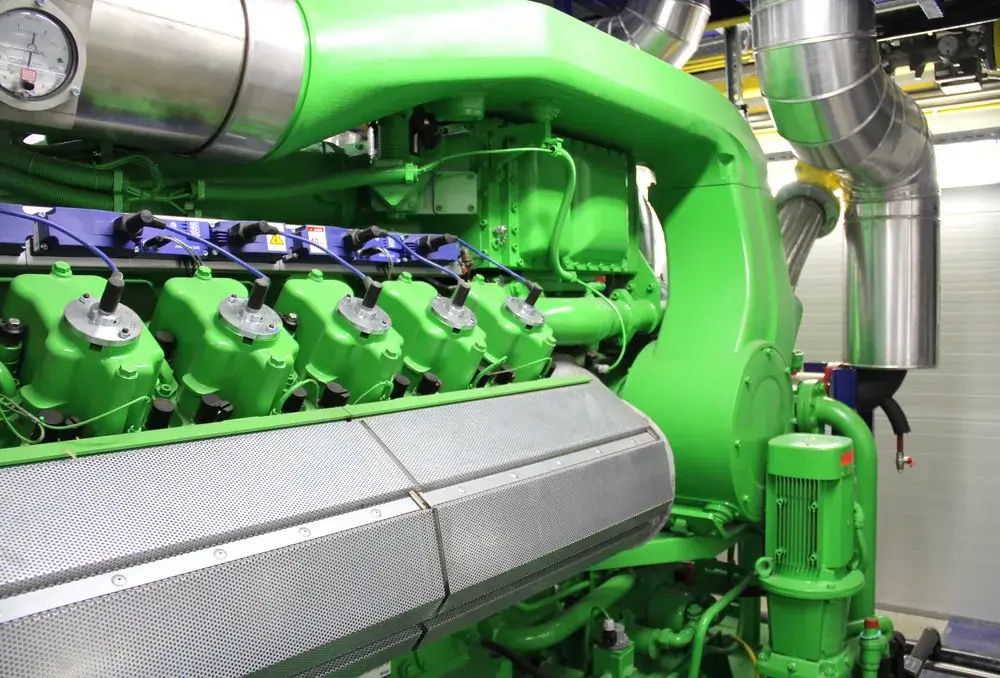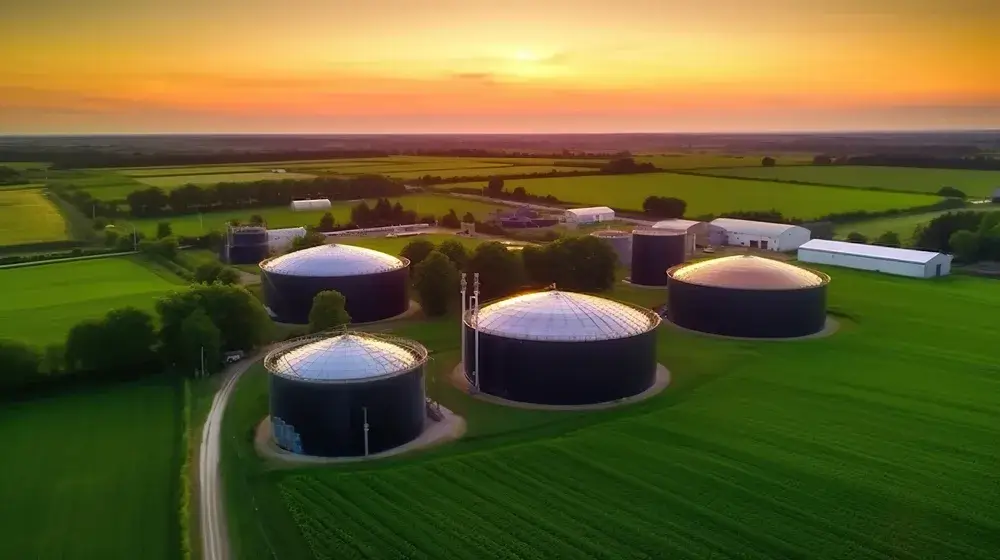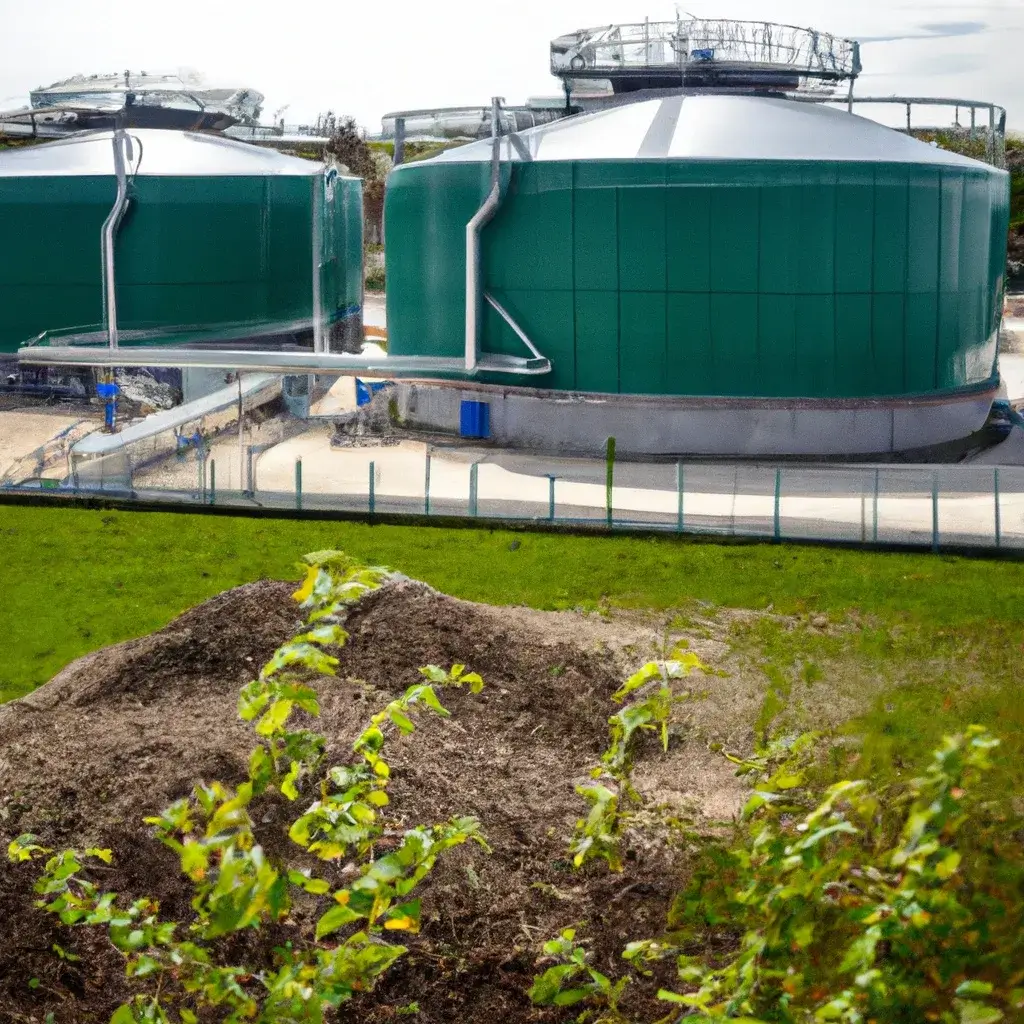Is cogeneration considered a renewable energy production method?
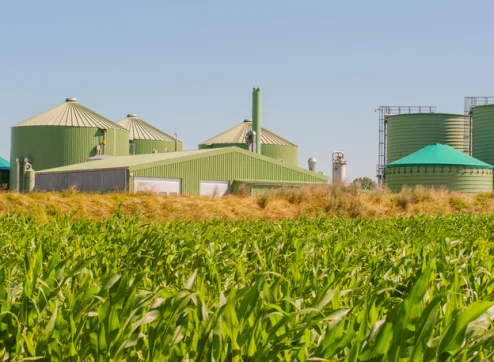
As industries and countries shift towards greener energy sources, cogeneration – also known as CHP, meaning combined heat and power – raises an important question: Is it truly a renewable energy production method?
While cogeneration significantly boosts energy efficiency, whether it qualifies as a renewable process depends largely on the fuel used for CHP and the context of its operation. However, when driven by the right fuels, cogeneration is a highly efficient means in renewable energy production.
In this article, we’ll explore the principles behind cogeneration, its environmental benefits, and the conditions under which it can be considered a renewable energy solution.
Definition: What is renewable, what sustainable?
When we talk about energy, renewable and sustainable are sometimes used interchangeably, but they refer to different concepts. Renewable energy comes from sources that naturally replenish themselves over short time periods, such as solar, wind, and biomass. These sources are not depleted when used and are consistently available due to natural processes.¹
Sustainable energy, however, is a broader term that refers to energy production that meets the needs of the present without compromising the ability of future generations to meet theirs. It includes many renewable energy sources, but it also emphasizes the efficient collection and distribution of energy. This is one of the bridges between the two concepts: While not all renewable energy sources can be considered sustainable, factors like efficiency play a vital role in making renewables more sustainable – as will be discussed in the next chapter.¹
¹John Hopkins School of Advanced International Studies: Renewable Energy vs Sustainable Energy: What’s the Difference? 2021/07. https://energy.sais.jhu.edu/articles/renewable-energy-vs-sustainable-energy/. Accessed: 2024/09.
Meaning of CHP: What does the abbreviation stand for?
CHP is an abbreviation commonly found in the context of energy production. But what does it stand for? This – and more – will be discussed in this article.
And what about efficiency in energy production?
Efficiency plays a critical role in determining whether an energy production method is environmentally friendly. Energy-efficient systems reduce the amount of fuel consumed and waste produced, lowering the overall environmental impact.
This is where cogeneration shines, as it generates both electricity and heat from a single fuel source, ensuring that the energy used in the process is maximized. Instead of wasting heat, as conventional systems often do, CHP systems recover it for useful applications like heating buildings or driving industrial processes.¹
While CHP systems may not always use renewable fuels, their high efficiency makes them a cleaner alternative to traditional energy production methods.
¹John Hopkins School of Advanced International Studies: Renewable Energy vs Sustainable Energy: What’s the Difference? 2021/07. https://energy.sais.jhu.edu/articles/renewable-energy-vs-sustainable-energy/. Accessed: 2024/09.
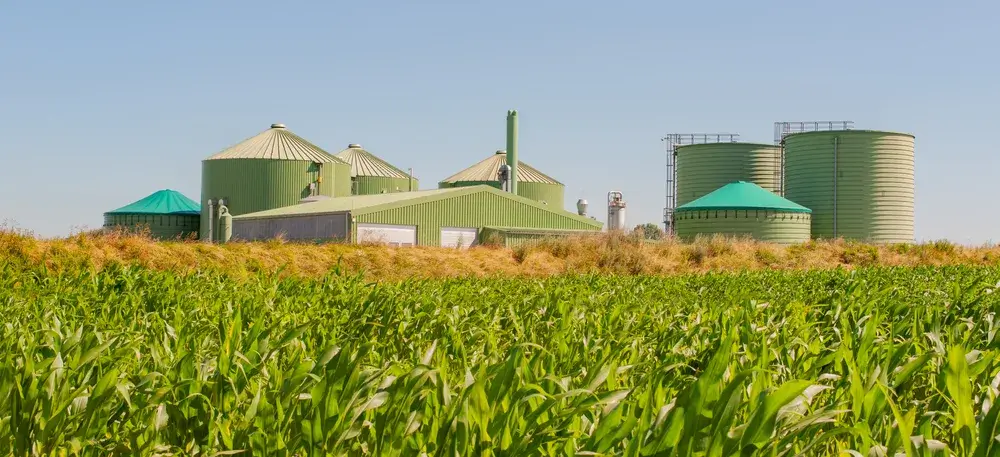
The principles of cogeneration
Cogeneration works by capturing the waste heat produced during electricity generation and reusing it for other purposes, such as space heating, water heating, or even cooling through absorption chillers. A typical CHP facility is composed of several key components: a prime mover (e.g. a gas engine), generator (called genset when, e.g. combined with a gas engine), heat recovery unit, and control system.
CHP systems can use a variety of fuels, including natural gas, biogas, diesel, and even biomass. By using both heat and power generated from a single fuel source, cogeneration systems typically achieve energy efficiency levels of more than 80%.²
CHP systems can be found in various industries, from hospitals and universities to factories and residential areas. Along with the location and related infrastructural as well as logistic challenges, the type of fuel used directly impacts whether the system is considered environmentally friendly or renewable. For example, using biogas – a renewable fuel source – can significantly decrease the environmental impact of cogeneration, and represents a significant cornerstone in tomorrow’s energy mix.
² GOV.UK: Combined Heat and Power. 2020/06. https://www.gov.uk/guidance/combined-heat-and-power. Accessed: 2024/09.
CHP as a production method for renewable energy
Cogeneration (CHP) can play a key role in the transition to renewable energy, especially when paired with fuel sources like biogas and biomass. When CHP systems use renewable fuels, they not only provide efficient electricity and heat generation but also contribute to reducing reliance on fossil fuels. Biogas, produced from organic waste, powers these systems while capturing waste that would otherwise contribute to environmental challenges.
Even with natural gas, which is not renewable, CHP systems can significantly reduce carbon emissions thanks to their high efficiency. The ability of CHP to integrate renewable fuels and maximize energy use makes it a valuable contributor to sustainability efforts, offering both environmental and economic benefits in various industries and applications. With the right approach, CHP can support a cleaner, more sustainable energy future.
Captive Power Plants vs. CHP Plants — what is the difference?
Dive into the key differences between Captive Power Plants and Combined Heat and Power (CHP) Plants in our latest PowerUP blog post. We’re unpacking how each plays a distinct role in energy strategies, comparing their operational efficiencies, economic advantages, and environmental impact, plus how PowerUP can help you with the gas engines in our plant.
Making cogeneration even more environmentally friendly
While cogeneration already provides significant improvements in energy efficiency, its environmental impact can be further enhanced by focusing on key factors such as engine performance, fuel optimization, and system longevity. The efficiency of the gas engines used in CHP systems plays a pivotal role in determining overall fuel consumption and emissions. By improving the performance of gas engines, energy producers can extract more useful energy from the same fuel source, reducing waste and emissions in the process.
PowerUP offers a wide range of solutions to achieve this. Through engine upgrades, condition-based maintenance, and tailored spare parts, such as high-efficiency cylinder heads and engine pistons, PowerUP ensures that gas engines in CHP systems operate at peak efficiency. These improvements not only reduce downtime and maintenance costs but also help lower greenhouse gas emissions by maximizing fuel use and extending the lifespan of key components.
Additionally, PowerUP’s focus on optimizing combustion processes contributes to cleaner engine performance, making CHP systems even more environmentally friendly. Whether the system is powered by natural gas or biogas, PowerUP’s services ensure a longer-lasting, more efficient and eco-friendly energy solution.





